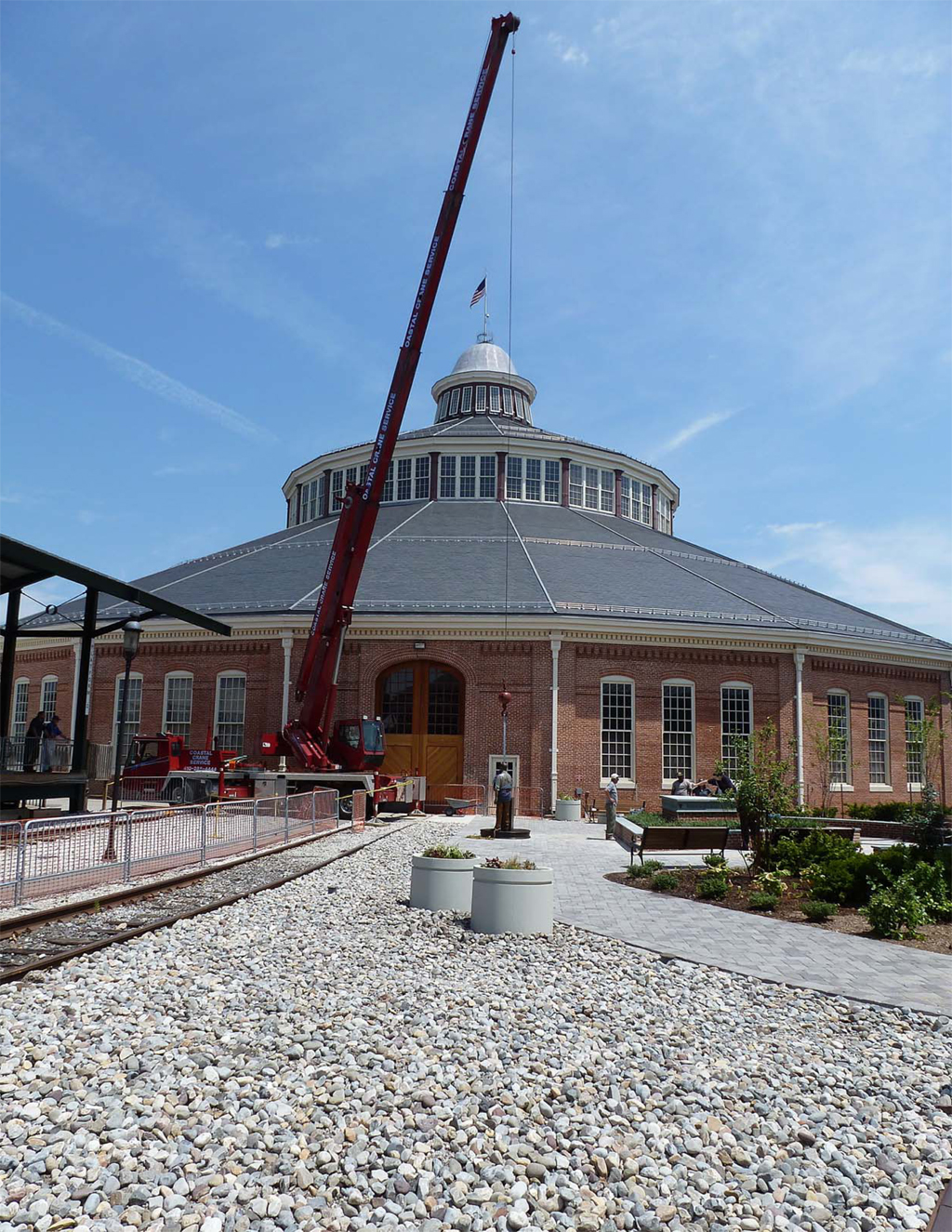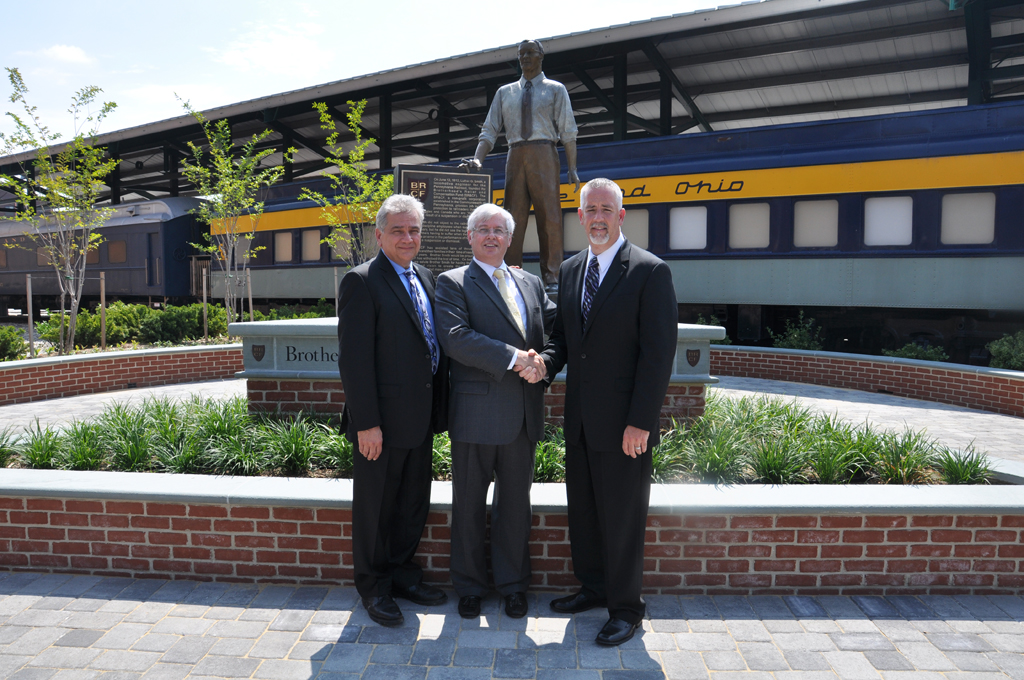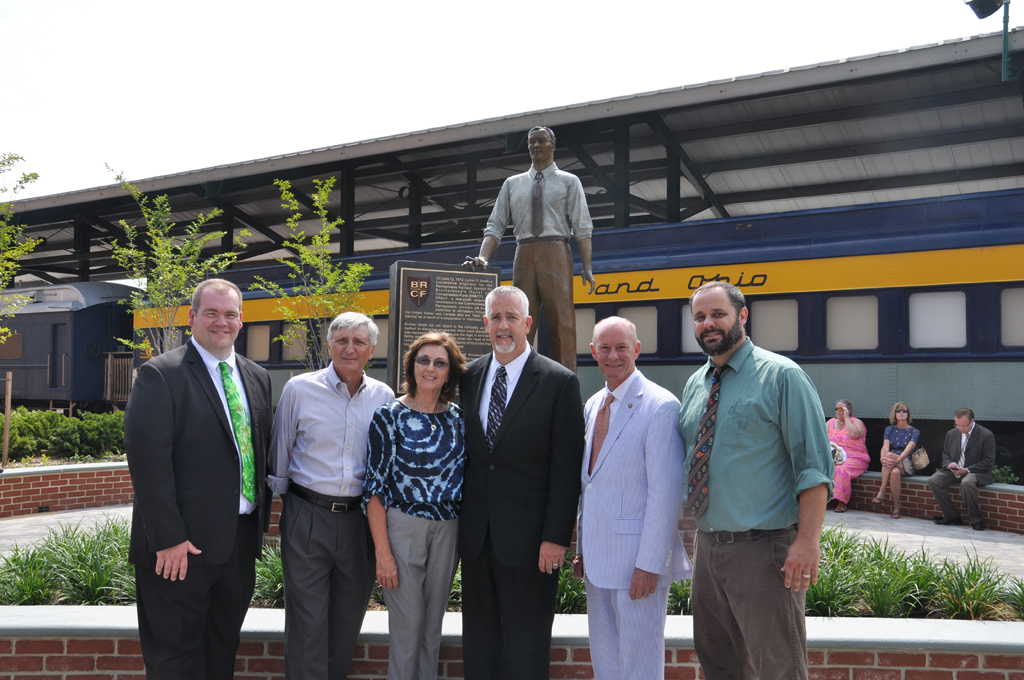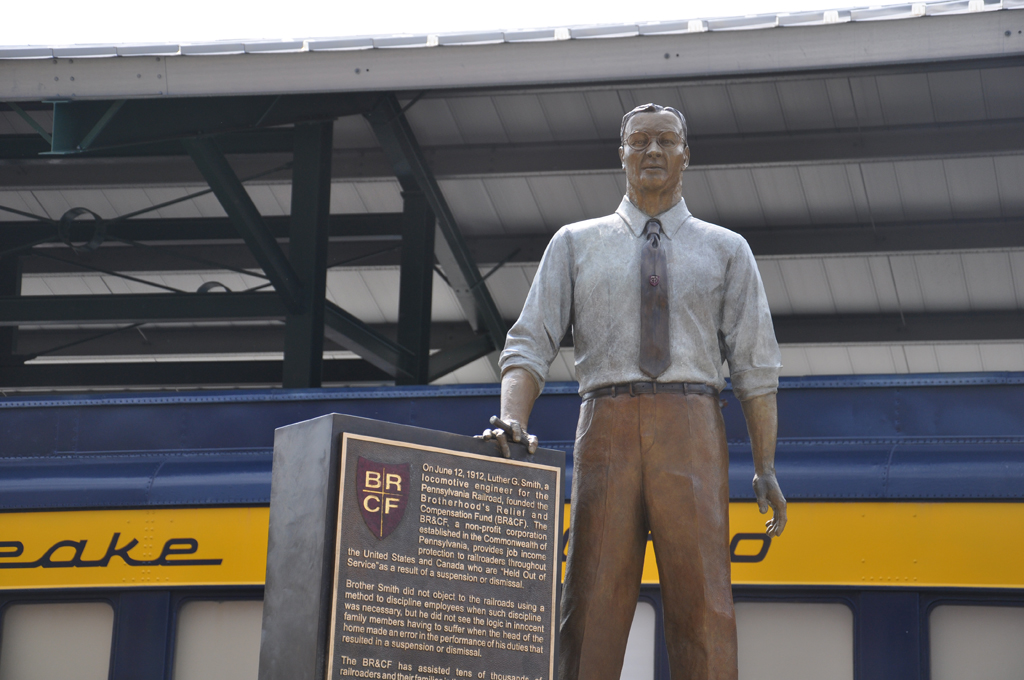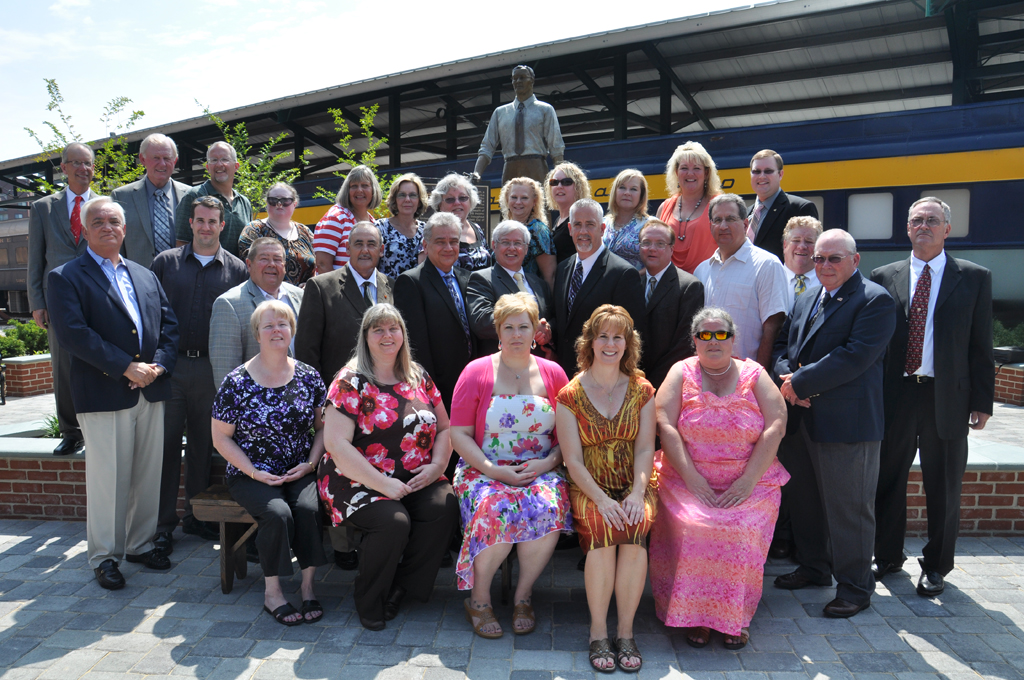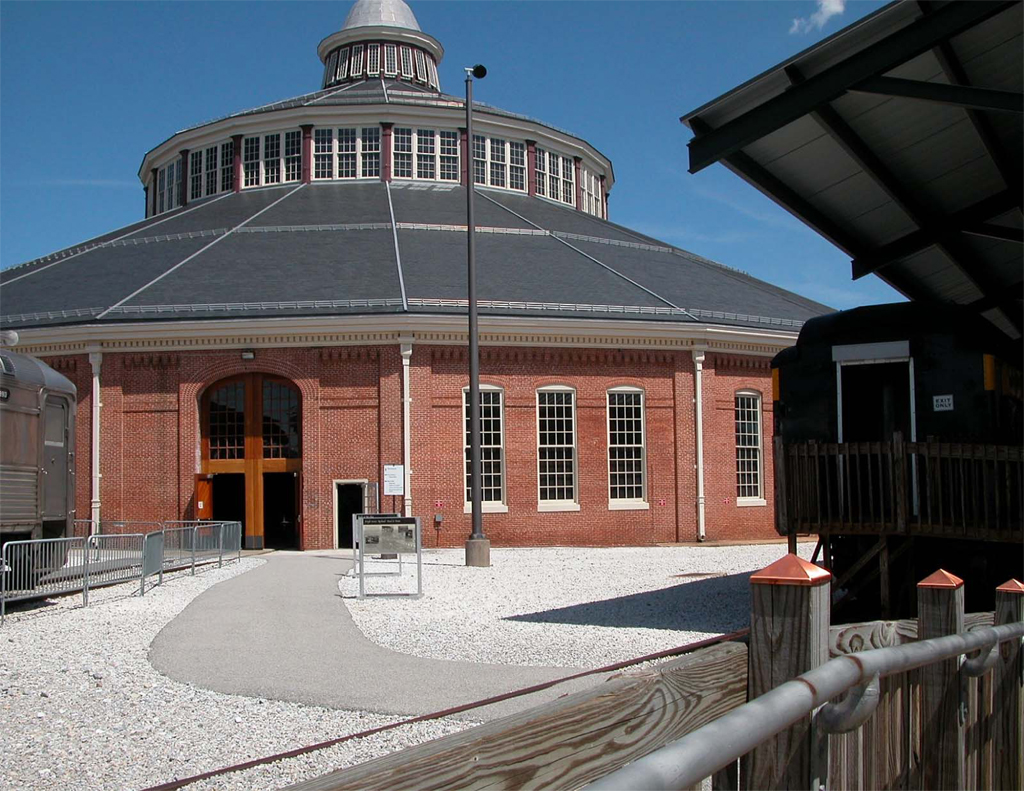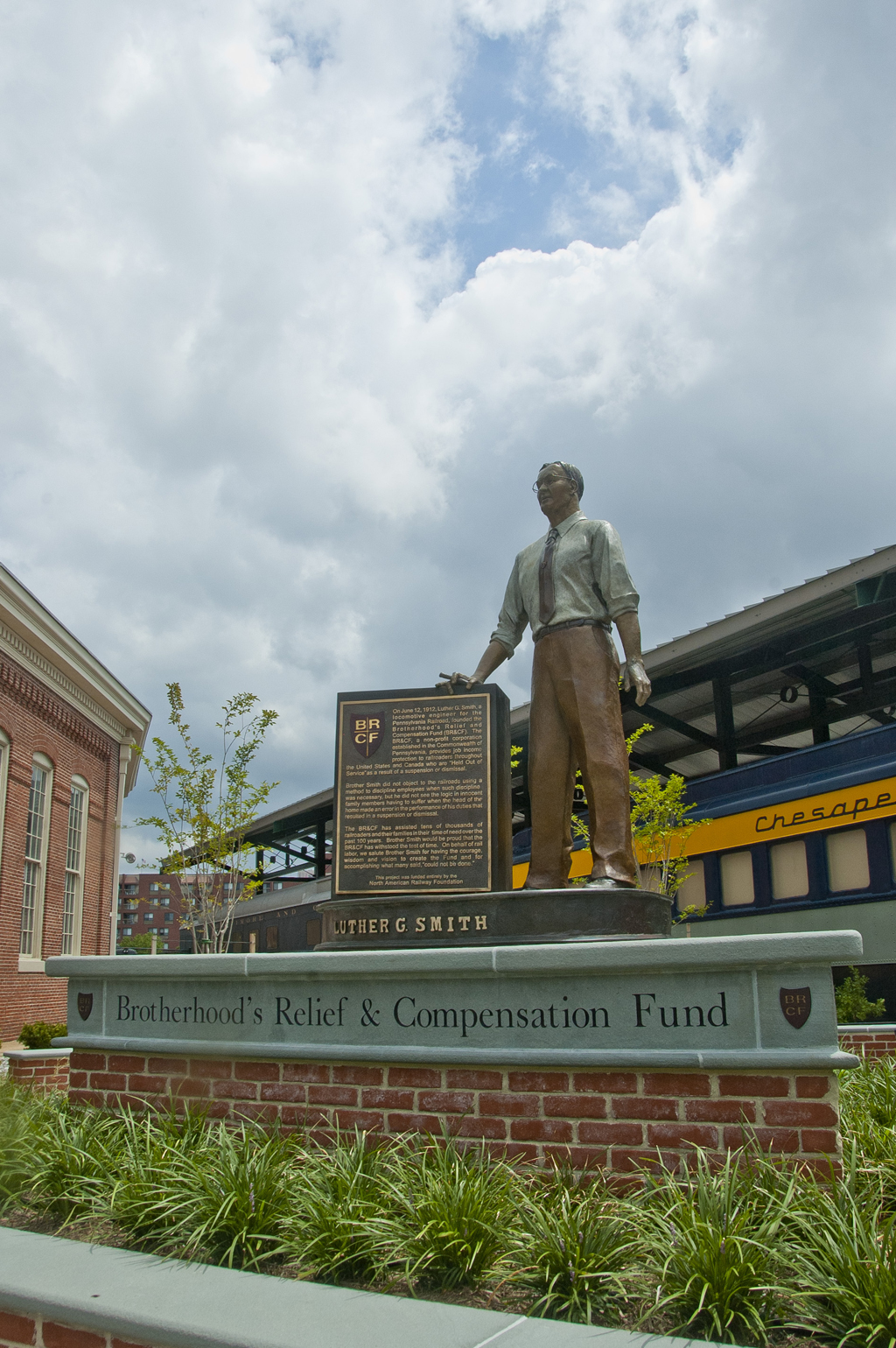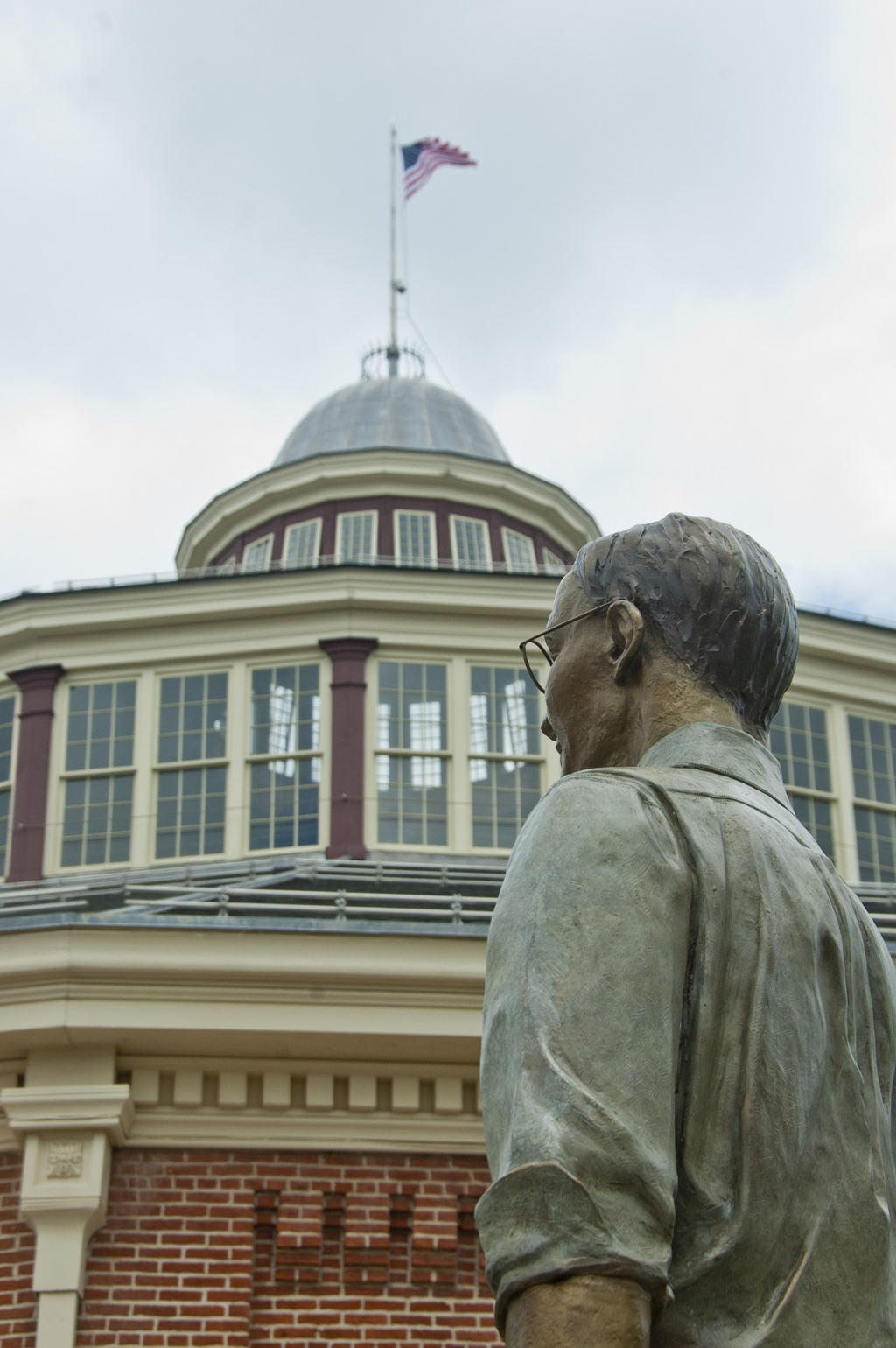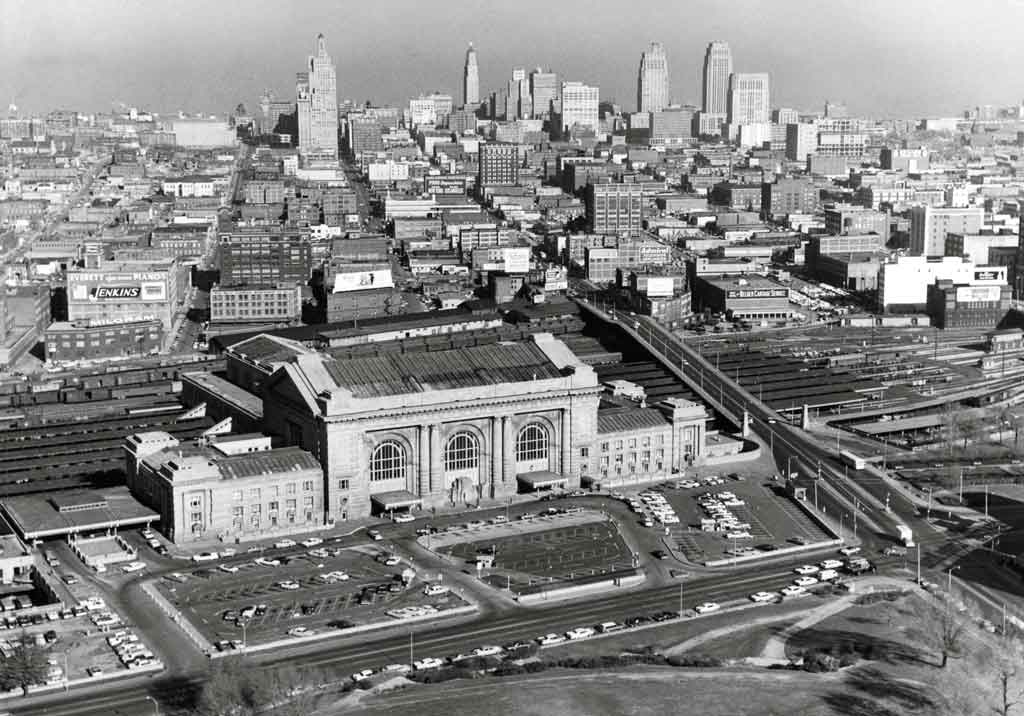In a public ceremony on July 19, the B&O Railroad Museum in Baltimore officially opened its new outdoor Luther G. Smith Plaza, located at the museum between the Baldwin Roundhouse and the North Car Shop.
The plaza commemorates the centennial of the Brotherhood’s Relief & Compensation Fund (BR&CF), which was founded in 1912 by Luther G. Smith, a locomotive engineer on the Middle Division of the Pennsylvania Railroad. Smith (1870-1938) served as BR&CF president from 1912 until his death. He started his career in Altoona, Pa., as a brakeman on the Pennsylvania Railroad, became a fireman, and then was promoted to engineer. When he moved from Altoona to Harrisburg, Pa., in 1911, he maintained his membership in the Altoona lodge of the Brotherhood of Locomotive Engineers.
The plaza, created to recognize Smith’s accomplishments, contains a life-sized bronze sculpture of him surrounded by bluestone-capped seat walls, traditional benches, and a variety of flowers, plants, and trees. The sculptor is Becky Ault of A.R.T. Design Group, Lancaster, Pa.; landscape architect John Trueschler of Tesseract Sites Inc., Towson, Md., designed the plaza; and general contractor John Rubino of Rubino Enterprises Inc., Linthicum Heights, Md., built it.
The plaza enhances the central outdoor area next to the starting point of the museum’s train ride. It serves as a gathering area for school groups, a viewing location for visitors watching the train come and go, and a place for visitors to relax and reflect on their experiences at the museum. The plaza’s colors and materials complement and enhance the museum complex.
The BR&CF’s mission is to provide job-income protection when its members are “Held Out of Service” for discipline and to provide benefits to its members. In an unforgiving industry like railroading, an honest mistake by a railroader while performing his duties would often result in the railroad’s assessing a suspension, or in some cases, discharging a worker permanently. Smith did not oppose the railroad’s disciplinary practices; however, he did not see the logic in the families of railroaders suffering because the breadwinner lost an income that was vital to the family’s survival.
Initially, other organizations viewed the BR&CF with suspicion. “The members of the various railroad Brotherhoods, however, after their experiences of the past few years, are as wary as mountain trout, and may not bite so readily as the promoters of the new brotherhood—whoever they are—may think, for they know that wherever there is a luring bait there is also a hook nearby, and they have been hooked too many times to be lured by such bait,” the Locomotive Engineers’ Journal editorialized in 1920.
But today, with its success assured, the BR&CF has more than 22,000 members in the United States and Canada. Its headquarters is still in Harrisburg.
The North American Railway Foundation (NARF), a nonprofit operating foundation that was created by the BR&CF in 1996, provided funds for the plaza. NARF’s purpose is to explore, nurture, and support railway safety, efficiency, and technology and to educate the public about and to preserve the history of railroads in the United States and Canada.
The B&O Museum has received support from NARF for a variety of projects regarding the preservation and legacy of American railroading. The 40-acre historic site is regarded as the birthplace of American railroading and includes the 1851 Mt. Clare Station, the 1884 Baldwin Roundhouse, and the first mile of commercial railroad track in America.
JOHN GRUBER is a long-time Trains contributor, founder and president of the Center for Railroad Photography & Art, and editor of Railroad Heritage. He has been a freelance railroad photographer since 1960, and received awards from the Railway & Locomotive Historical Society in 1994 for lifetime achievement in photography and in 2010 for an article about Lucius Beebe and Charles Clegg.





